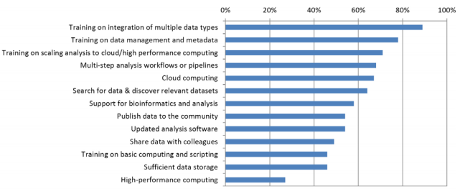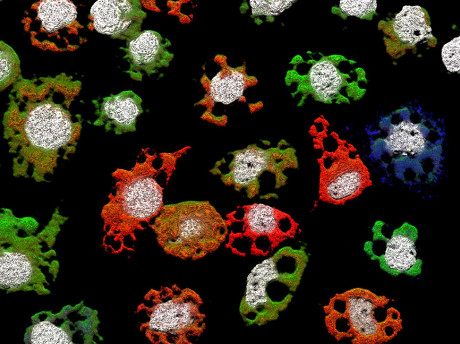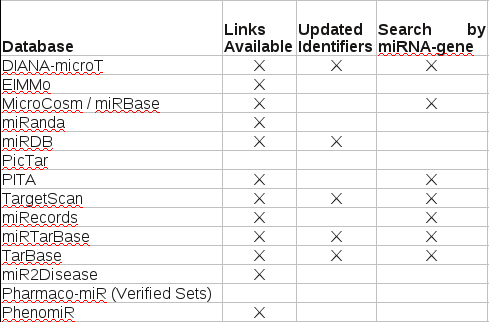When Research Excludes Female Rodents, Human Women Lose by Naseem Jamnia.
From the post:
…
Even when I was at the University of Pennsylvania, one of the best research institutes in the world, I talked to researchers who were reluctant to use female rodents in their studies, especially if they weren’t examining sex differences. For example, one of the labs I was interested in working in looked at social behavior in a mouse model of autism—but only in male mice, even though we need more studies of autism in girls/female models. PhD-level scientists told me that the estrous cycle (the rodent menstrual cycle) introduced too many complications. But consider that the ultimate goal of biomedical research is to understand the mechanisms of disease so that we can ultimately treat them in humans. By excluding female animals—not to mention intersex animals, which I’ll get to in a bit—modern scientists perpetuate the historical bias of a medical community that frequently dismisses, pathologizes, and actively harms non-male patients.…
The scientific implications of not using female animals in scientific and biomedical research are astounding. How can we generalize a drug’s effect if we only look at part of the population? Given that sex hormones have a ton of roles outside of reproduction—for example, in brain development, cell growth and division, and gene regulation—are there interactions we don’t know about? We already know that certain diseases often present differently in men and women—for example, stroke and heart disease—so a lack of female animal studies means we can’t fully understand these differing mechanisms. On top of it all, a 2014 Nature paper showed that rodents behave differently depending on the researcher’s gender (it appears they react to the scent of secreted androgens) which puts decades of research into question.
…
Jamnia’s not describing medical research in the 19th century, nor at Tuskegee, Alabama or Nazi medical experiments.
Jamnia is describing the current practice of medical research, today, now.
This is beyond bias in data sampling, this is intentional ignorance of more than half of all the people on earth.
I hasten to add, this isn’t new, it has been known and maintained throughout the 20th century and thus far in the 21st.
The lack of newness should not diminish your rage against intentional ignorance of how drugs and treatments impact, ultimately, women.
If you won’t tolerate intentional ignorance of females in data science (you should not), then don’t tolerant of intentional ignorance in medical research.
Ban funding of projects that exclude female test subjects.
So-called “researchers” can continue to exclude female test subjects, just not on your dime.



